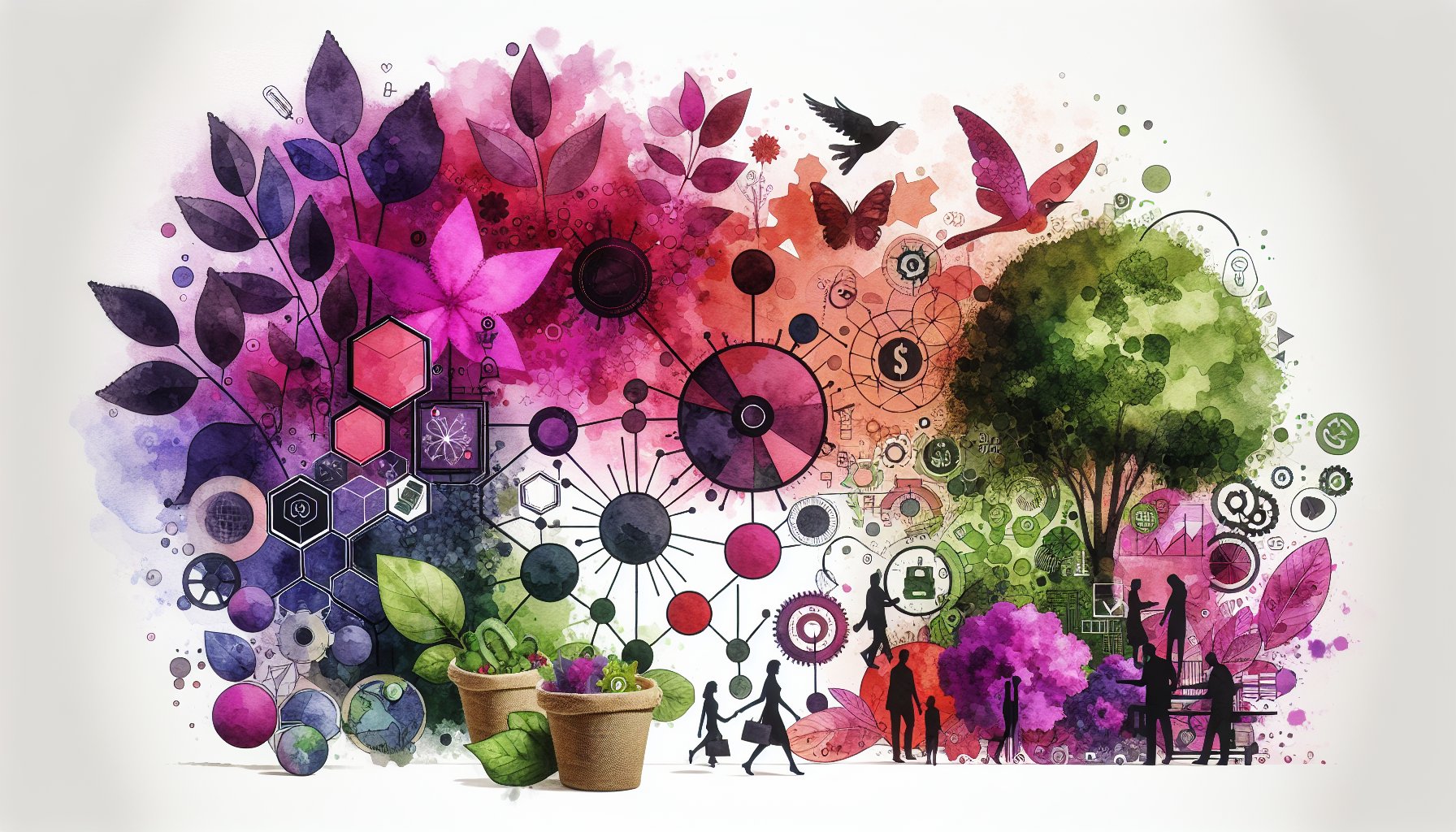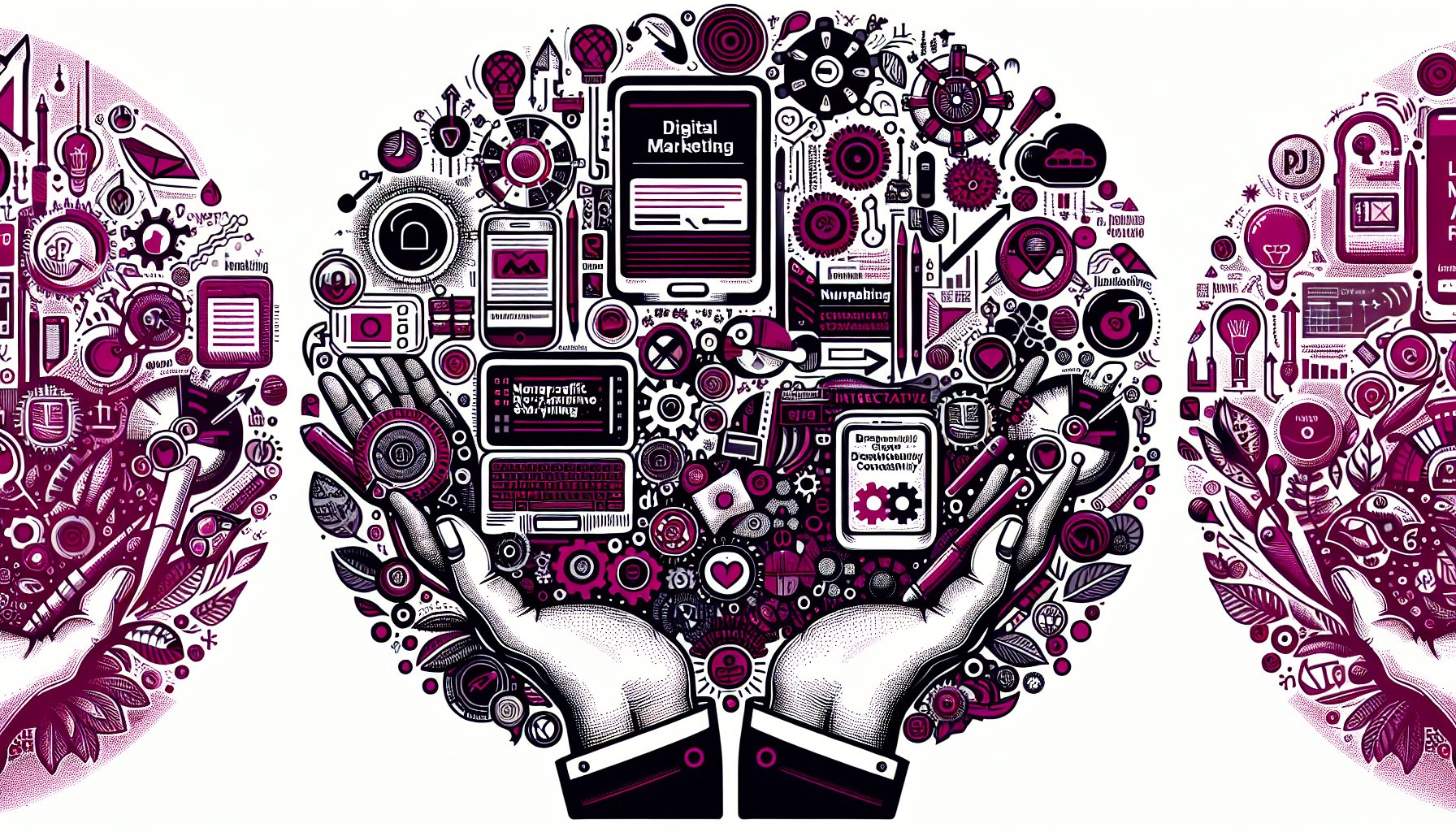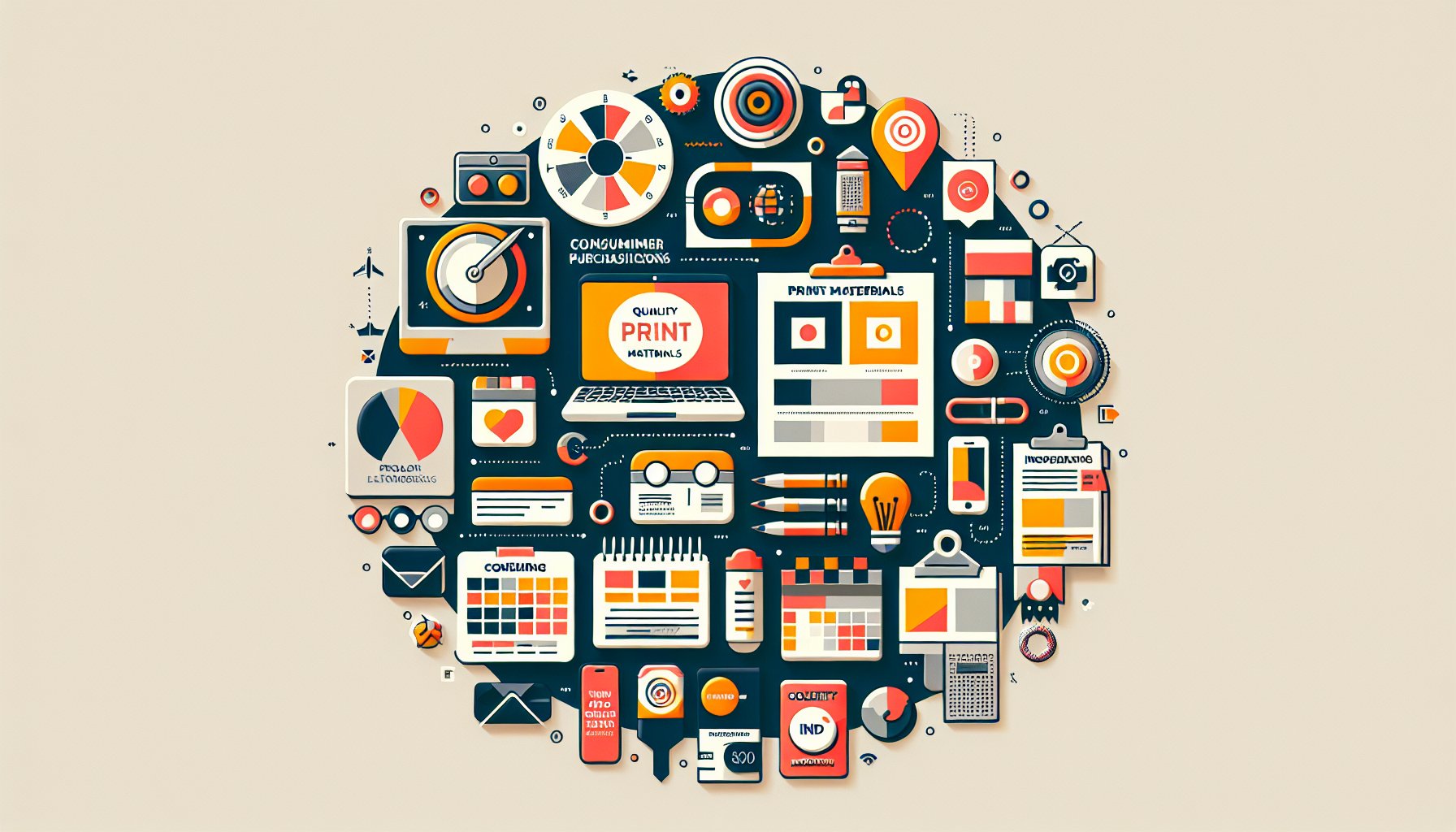Marketing Materials
7 Tips for Creating Sustainable Marketing Materials
Discover 7 essential tips for creating sustainable marketing materials that resonate with eco-conscious consumers. Learn how to blend creativity with responsibility and elevate your brand's commitment to sustainability.
Sep 25, 2025
4 min read

7 Tips for Creating Sustainable Marketing Materials
In today's eco-conscious world, adopting sustainable marketing practices isn’t just about saving the planet, it's about saving face. Customers are more discerning than ever, and they expect brands to do their part in caring for our world. So, let’s dive into the art of creating marketing materials that are not only sustainable but also compelling.
TL;DR
- Start with a Green Foundation: Sustainability is a continuous process.
- Pick Eco-Friendly Materials: Choose sustainable resources to lead by example.
- Design with Purpose: Smart design minimizes waste.
- Balance Digital and Print: Both have unique strengths.
- Tell a Conscientious Story: Authentic narratives engage consumers.
- Transparent Supply Chains: Build trust with open practices.
- Create a Sustainable Community: Engage and empower your audience.
1. Green Foundations: Sustainability in Marketing
As the world wakes up to the environmental alarm, brands like Proforma Color Press are rethinking their strategies. Sustainable marketing isn't just about looking good or ticking a box; it's about aligning with consumer values and exhibiting responsible business practices. Think eco-friendly packaging that delights consumers or single-serving designs that tackle food waste without adding to landfills. It’s a complex dance requiring ongoing evaluation, nimbleness, and a commitment to improvement. Make sustainability your brand’s middle name, and watch consumer trust and loyalty soar.
2. Eco-Materials Unmasked
Now, let's talk about the materials that will make your marketing greener than an envy-inducing emerald. The first step in this journey is understanding what makes a material eco-friendly. From recycled paper to plant-based inks, the options are as varied as a box of organic chocolates. Utilizing these materials not only reduces your footprint but also enriches your brand narrative. But be warned: not all "green" materials are created equal. Authenticity is key here, so do your homework, vet your sources, and avoid the dreaded greenwashing trap.
3. Designing with Purpose: Minimizing Waste through Smart Design
Design isn’t just about aesthetics; it's a statement of values. At Proforma Color Press, we aim for designs that minimize waste and maximize impact. Consider rethinking your packaging strategy to cut down on food waste. Who knew that single-serving packages could be so revolutionary? Smart design reduces waste by strategically planning every element, from the inks to the recycled paper stock. It’s a continuous journey: experimenting, evaluating, and always striving for that sweet spot between creativity and practicality.
4. Digital Dilemmas: Balancing Print and Online Efforts
Ah, the age-old print-versus-digital debate. Spoiler alert: you can have the best of both worlds. While digital seems like the green hero, it has its own environmental cost. The trick is to use each medium's strengths, eye-catching print materials for high-impact messaging, complemented by a robust online presence. And make sure your print materials are as green as a Prius, using recycled paper and plant-based inks. Transparency and a 'less is more' approach can help craft a cohesive, eco-friendly marketing strategy.
5. Storytelling with a Conscience
Don’t just tell a story, tell a story that matters. Consumers are more likely to buy from brands that align with their values. So, weave a narrative that’s rich with authenticity and ethics. Showcase your sustainable journey, highlight the artisans involved, and share your community initiatives. Genuine storytelling builds a connection that extends beyond transactions.
6. Supply Chain Transparency: Building Trust with Vendors
In the age of information, a transparent supply chain is a non-negotiable. Consumers want to know where and how their products are made. By fostering transparent partnerships with vendors who share your green goals, you can co-create innovative products that resonate with eco-conscious consumers. This openness not only enhances your credibility but also fosters deeper consumer relationships.
7. Engaging Your Audience: Building a Community Around Sustainability
Finally, make your audience a part of your sustainability journey. Engage them in discussions, invite them to share their eco-friendly practices, and create a sense of community. Social media is your best friend here, perfect for showcasing user-generated content and amplifying your sustainable message. Sponsor local clean-ups or partner with non-profits to show your commitment extends beyond profit. Remember, it's all about creating a two-way street where your audience feels heard and valued.
In this ever-evolving landscape, sustainability isn’t a destination, it’s a journey. Whether you’re crafting compelling narratives or opting for smart design, every step counts. At Proforma Color Press, we believe in leading by example and inspiring others to join us on this path to a greener future. Together, we can create marketing materials that don’t just look good but do good.
Need Help?
Check out these related products that can help:









